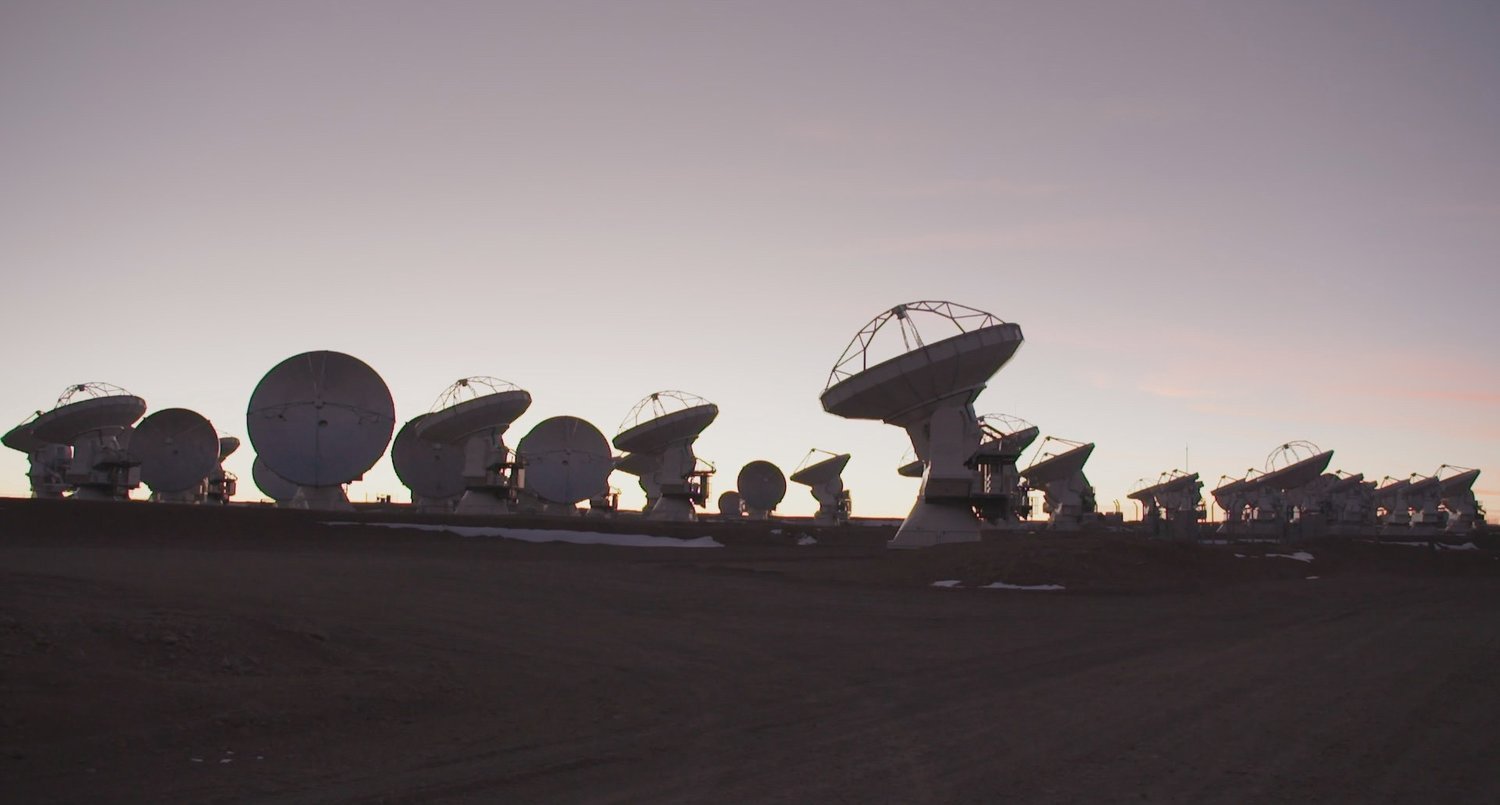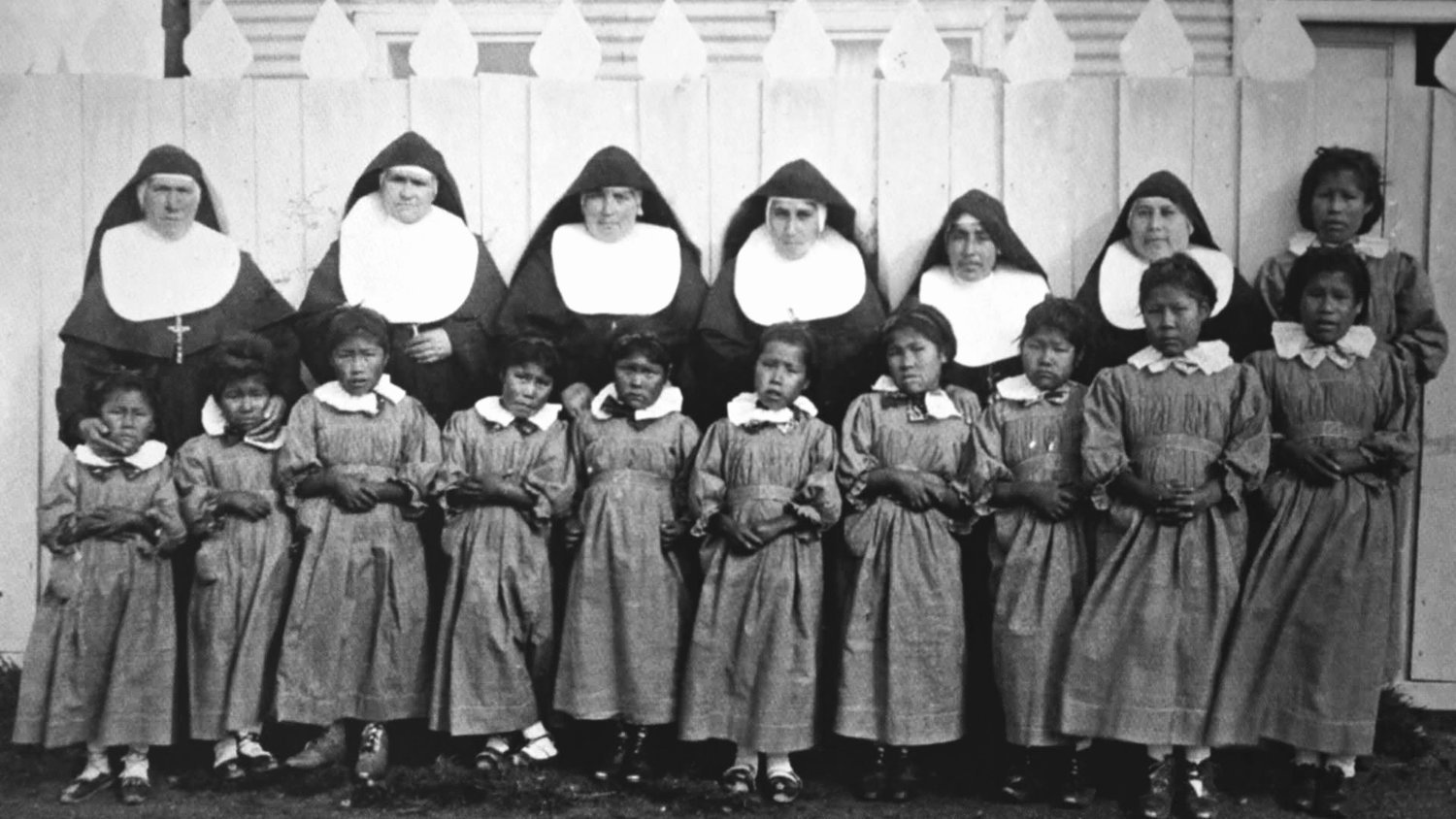The Pearl Button: A Hyper-modern Documentary about Water, Indigenous People, and Matters of Life
The Pearl Button, Patricio Guzmán (2015)
In Patricio Guzmán's documentary The Pearl Button, questions of memory have a complicated status, referring both to the inscription of material and temporal structures and their uncompromising entanglement. Guzmán develops a journey-like wandering through past and history, memory and present, exploring Chile's western coastline in its glorious and magnificent landscapes.
The film's subjective experiences relate to the indigenous people of Chile, of which several members of old tribes are present. These indigenous people arrived in Patagonia around ten thousand years ago, and were 'water nomads'—archival images show their early rituals. In one section, a member of the ancient Kawésqar tribe, Gabriela Paterito, explains her own past, and then Guzmán notes how he first saw Gabriela in a photograph. Paz Errázuriz was a photographer of these Patagonian survivors; in her close-ups we see a gallery of faces.
This sort of attention to detail is typical of The Pearl Button, forming a leitmotif of the narrative. On many occasions Guzmán's concentration creates a fantastic, stylized world, in which reality and imagination merge in a manner essentially still real and true. Generally speaking, in cinema a photograph—and particularly that of a face—is a visual device which cues identification and empathy. Guzmán's pictorialist approach constitutes a specific filmic strategy to represent the logic of intimacy, expressing the filmmaker's audiovisual inventiveness through images and stories. This is the evocative richness of The Pearl Button.
The Pearl Button, Patricio Guzmán (2015)
In The Pearl Button water constitutes not only a life-supporting force, but a medium for thought itself. Water connects two major events behind the narration: the past violence of early Catholic settlers against indigenous tribes, and the recent violence of the Pinochet-regime against the Chilean opposition in the aftermath of the Salvador Allende's uprising in the 1990s. Water is thus also connected to the death of people, who were thrown into the sea. Guzmán's earlier film Nostalgia for the Light (2010) deals with these recent horrors of Chilean history situated in the sands of the Atacama desert, a symbolic place for stargazing—but also a place where bodies were buried by Pinochet's regime.
In this regard, The Pearl Button is spatially connected to the past, but it is also a landscape film. The heightened role of these images is motivated by symbolic or aesthetic grounds, or by extension of a temporal narrative challenge. The mise-en-scène of Guzmán's film becomes a documentation of certain places and spaces with an idea of representing subjective experiences amidst the landscape. The importance of the landscape is a crucial point, since in pictorialist films landscapes contain the ability to precipitate feeling independent of human drama.
A hyper-modern documentary such as The Pearl Button represents a continuous search for discreet connections between disparate times and places, enabling images and sounds to resonate and vibrate suggestively by creating configurations without a prefixed meaning. Guzmán's film aims to show possibilities that are still valid in the present and, in this sense, his nostalgia contains a utopian dream of the future, a desire for an improved state of affairs. In the film, a small pearl button connects all these levels.
The Pearl Button, Patricio Guzmán (2015)



